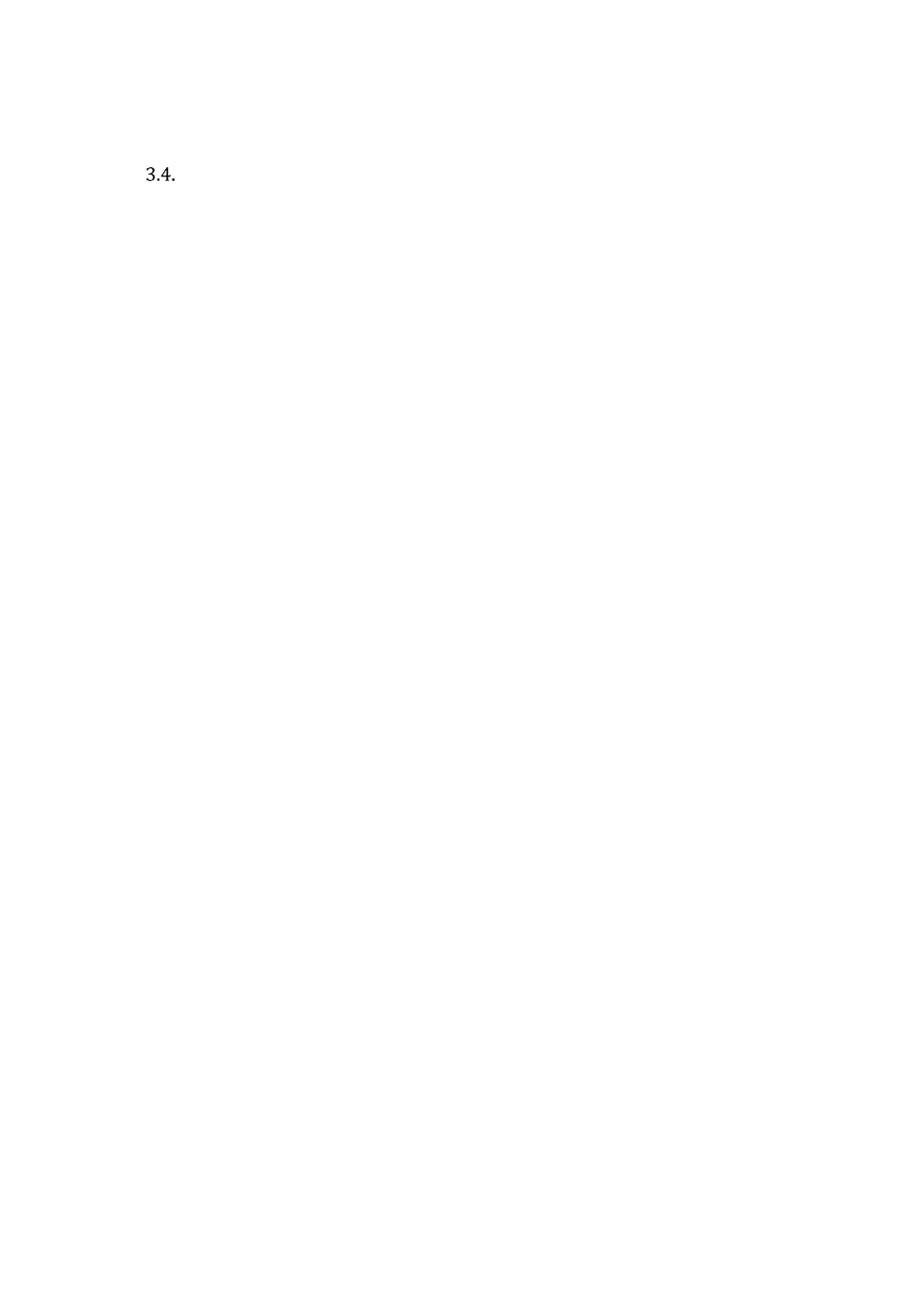

152
Nigeria
3.4.1.
The Educational Landscape of the Country
Structure of Basic and Secondary Education System
Nigeria operates a modified version of the 6-3-3-4 system of education (six years of primary
education, three years of junior secondary education, three years of senior secondary education
and four years of tertiary education). The UBE provides a free and compulsory basic education,
which consists of primary and junior secondary levels of education and leading to the
restructuring of the country's education to a 9-3-4 system. A special category of the post-
secondary education system, Colleges of Education which award Nigeria Certificate in Education
(NCE), are responsible for basic education teachers' training while secondary (especially senior)
school teachers are trained by the accredited faculties of education in the universities.
The Nigerian education system is decentralized, which allows various categories of providers to
establish and manage schools in the country. In the 1999 Constitution of the Federal Republic of
Nigeria, education is on the concurrent list, which implies that each of the three tiers of the
Nigerian government has roles to play in education. In practice, the Federal government is
responsible for issuing educational policies and standards while the responsibility for managing
the basic education sector lies with the state and local government. Both states and Federal
government establish and manage senior secondary and tertiary education institutions. The
Ministry of Education (MoE) has more than twenty agencies through which it implements
various components of education policies. These agencies have conflicting and duplicated
responsibilities that are not adequately defined. The Universal Basic Education Commission
(UBEC) is responsible for coordinating the implementation of the basic education sector while
the Department of Basic and Secondary Education within the MoE that has the responsibility for
ensuring efficient and effective implementation, monitoring and evaluation both basic and
secondary education sub-sectors. At the State level, these agencies are duplicated. The State
Universal Basic Education Boards (SUBEB) are state structures of the UBEC and responsible for
ensuring implementation of the UBE in the states under the supervision of the State Ministries
of Education (SMoE). The UBE is coordinated at the state levels by the SUBEBS together with the
Local government Education Authorities (LGEAs). Besides supervising the SUBEBs, the SMoEs
finance its payroll and recurrent costs. Other subsectors, such as the university and colleges of
education, have their respective coordinating agencies.
Another important element of the decentralization in the education sector is the freedom to
establish and manage different kinds and levels of schools by non-state providers. Thus, state
and non-state, formal and informal, circular and religious schools exist side by side and giving
parents diverse options for their children's education. Major categories of these schools are:
Public primary and secondary schools (formal), including special needs and technical
schools.
Private and for-profit primary and secondary schools (formal)
Private not-for-profit primary and secondary schools (some of these schools are formal
and often, but not rigidly the case, cater for special categories of learners such as special
needs and people with disabilities and are largely established by non-governmental
organisations
















